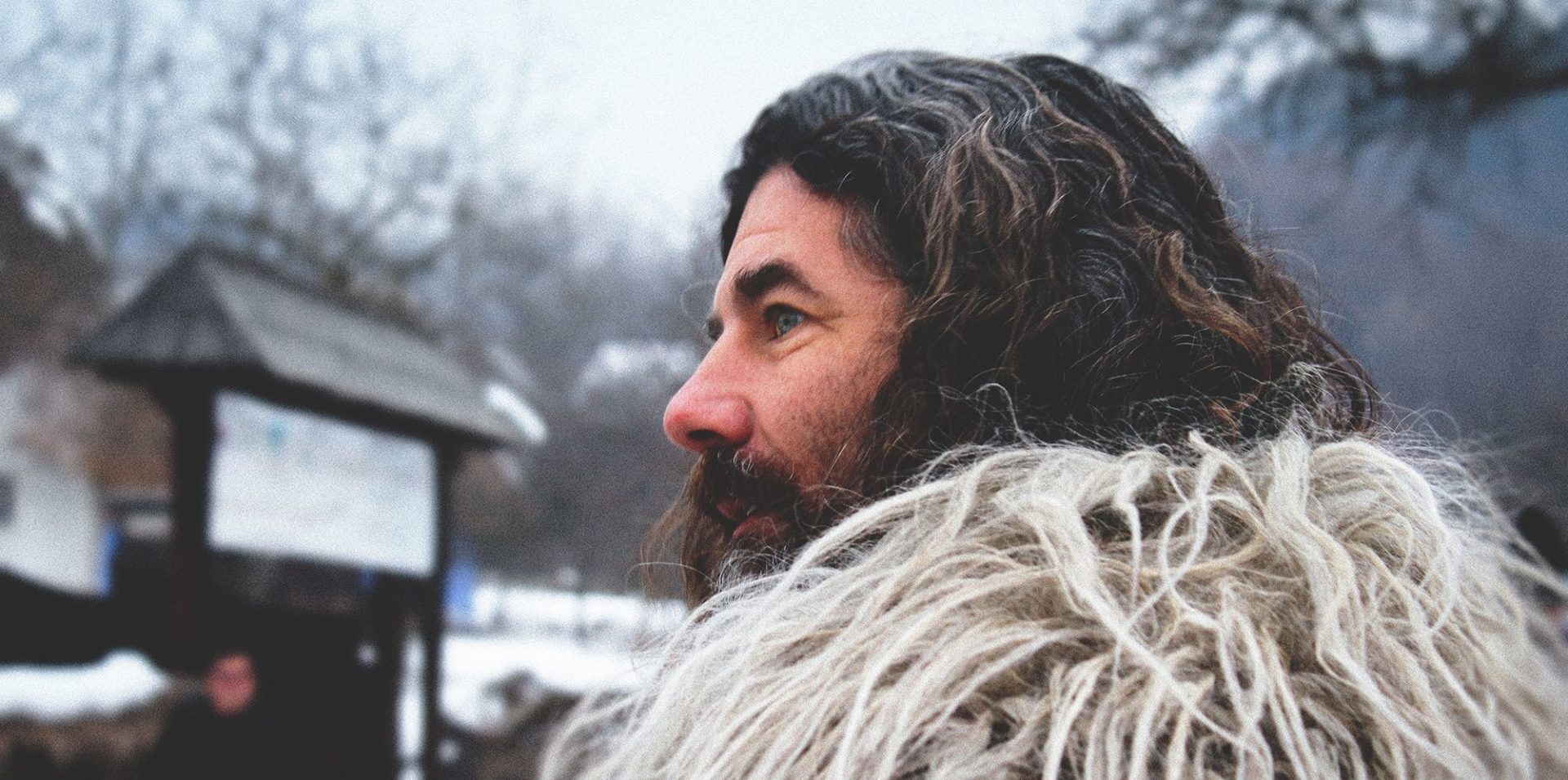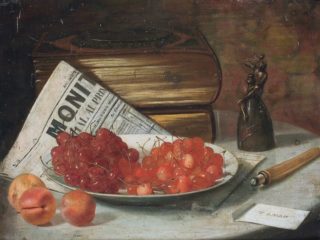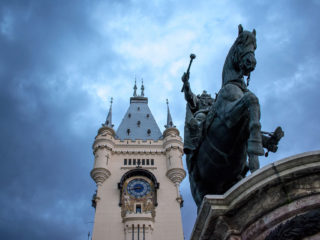With his craft having roots in the Dacian pottery, figurative ceramic artist Daniel Leș says his life’s luxury is being free to do what he wants, in his own home, having the conviction that he could be happy without too many accessories.
Pottery in Romania
Pottery is one of the oldest crafts in the world. In Romania, evidences of ancient pottery can be traced back to the Neolithic, with the Cucuteni culture as proof. The first pottery objects discovered in Romania are primitive, handmade jars, decorated with linear ornaments and scratches.
Over time, pottery distinguished itself not only as a craft and trade, but also a symbol of the Romanian culture, with very specific elements belonging to different geographical regions. The aesthetic going hand in hand with the utilitarian, there’s a variety of uses for the ceramic objects, from household goods, to decorative jars or ritual vessels. Corund, Marginea, and Horezu are the most important pottery centres in Romania today, with Horezu being part of the UNESCO Intangible Cultural Heritage Lists since 2012.
Daniel Leș and his craft
Born in 1972 in an artistic family of potters and painters from Maramureș, Daniel Leș was somehow destined to be a potter. Because, according to the unwritten laws of the trade, a potter has the sacred mission of imparting the craft to the next generations. It is, then, no surprise that he started experimenting with clay in his father’s workroom when he was a mere 6 year old. It was then when he started learning the first things about clay. First, how it’s extracted and prepared for work, and then all the effort it takes so that the ball becomes a refined product: the kneading and the wedging at first, then the shaping and the decorating, and, finally, the drying and the firing.
Although Leș passed his exam at 15, and has more than 30 years of experience, he still considers he needs to learn and sees himself a simple potter, not a master. He says: “out of respect for the old masters, who kneaded the clay their whole life, I cannot say I am a master”. Despite winning many accolades for his work, and travelling around the world sharing his craft and promoting traditional pottery, Daniel is always the happiest at home, at his pottery wheel or among his family and friends.
Daniel’s figurative ceramic sculptures are heavily influenced by rural life and his love for the people. What he tries to recreate through his work are real people from his childhood village, people that have a story to tell, which he’s more than willing to share, should you visit his studio. With an eye for minute details, he exploits people’s special traits and peculiarities, leaving the viewer with a sense of nostalgia and amusement. For example, one the clay figures depicts one of Daniel Leș’s old masters at the pottery wheel, with huge hands and feet to suggest his strength, or the village’s sulky shepherd, with his mouth twisted in a funny way. Another one illustrates Daniel’s grandfather—an important figure in his development, whom he credits as one of his best teachers—the village appointed dentist, simply because he came back from the war with a pair of surgical tongs.
View this post on Instagram
Daniel’s manifesto for a simple life and the continuity of traditions
Based in Baia Sprie, Maramureș county, his residence—Casa Olarului, The Potter’s House— includes, besides the studio, a B&B and an art space, where he and his family welcome people in need of a break or a creative boost. Daniel Leș believes that, opposed to the robotisation of life, the direct contact with the clay makes people feel more alive and he encourages the tired professionals who come to unwind, to stop for a second and rethink the meaning of life. Spinning the pottery wheel thus becomes a form of therapy, stimulating great conversation, songs, jokes, a good meal and a general sense of camaraderie.
Faithful to his craft and the trade’s oath—to do pottery until your death and pass on the skill to the next generations—Daniel has a special place for kids in his heart and his studio. On one hand there are his own children: his old one, an art student, is already a natural at the pottery wheel, while his 7 year old has started assisting his dad in the workroom. On the other hand, each summer he hosts creative camps for children, teaching them both the art of pottery and the art of living a simple life.
While in Maramureș, you might also want to:
- visit The Merry Cemetery of Săpânța for the funniest, most colourful cemetery in the world;
- take a steam train ride with Mocănița, for an astounding view of the Vaser Valley;
- stop at Elie Wiesel Memorial House and The Memorial of the Victims of Communism and of the Resistance in Sighetu Marmației to learn about the country’s past.
Featured image: Flavius Leș / Unsplash, video by Matei Pleșa











